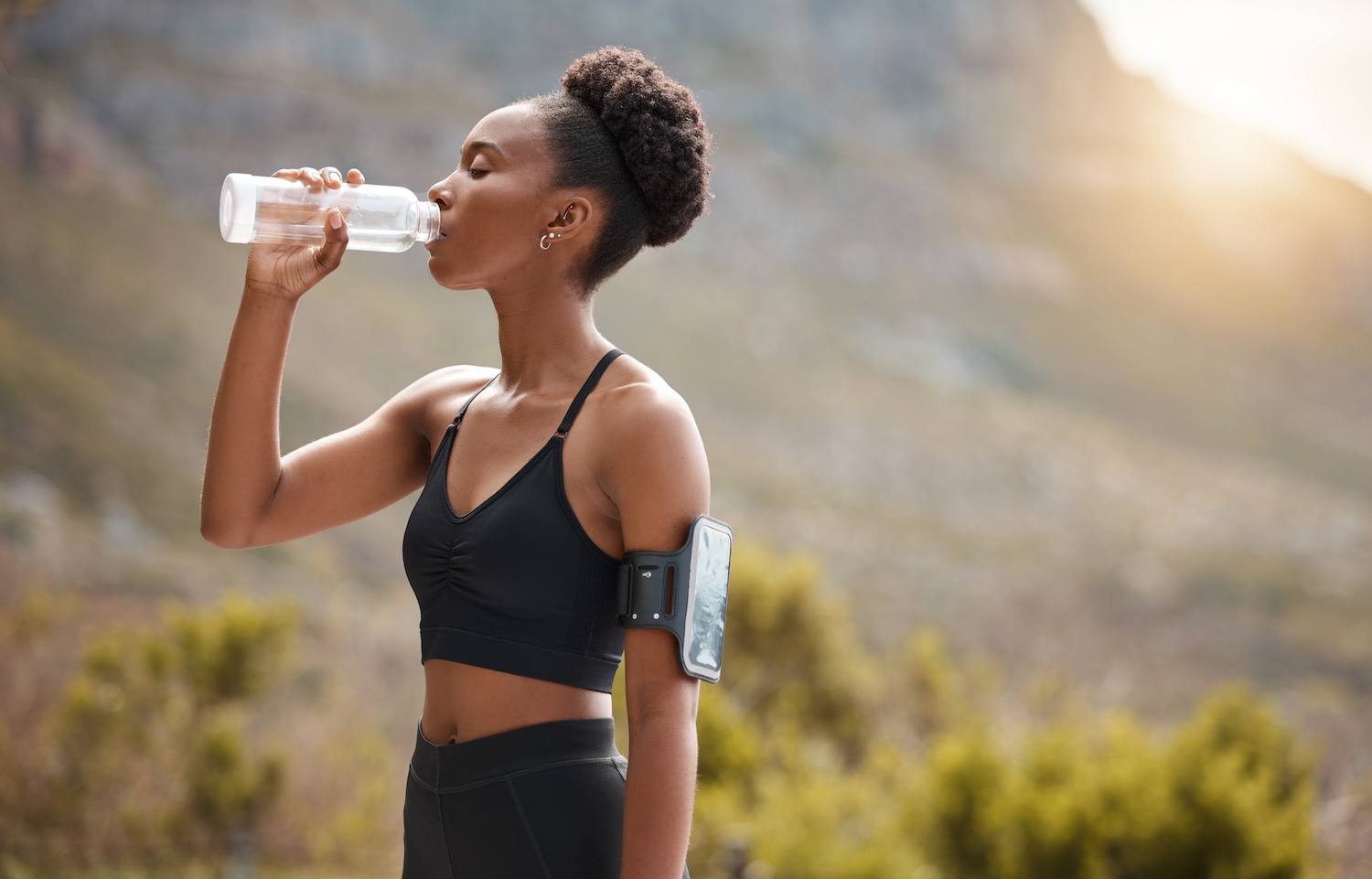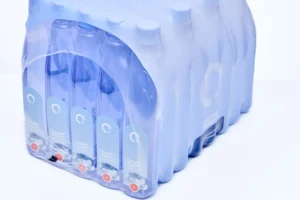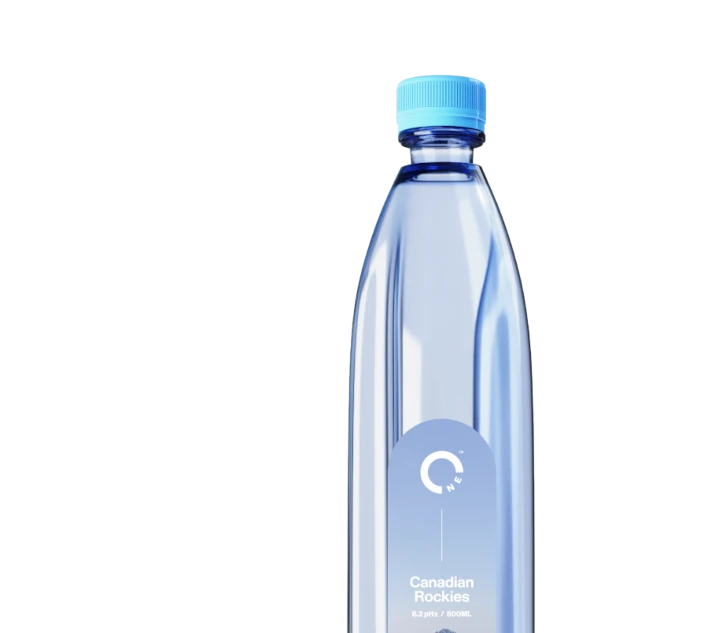After strenuous exercise, your body isn’t just craving rest — it’s calling for the right kind of rehydration. While any water is better than none, some bottled water brands are better than others after a workout.
The first 30 minutes after you exercise is your hydration sweet spot. Refueling during this window helps your body restore balance, replenish electrolytes, and recover faster.
Read on to learn what to look for in bottled water after a workout and how natural spring water, like One Water, is a good choice.
Why Timing Your Hydration Matters
Research shows that the most effective rehydration happens when you consume fluids within 30 minutes of finishing your workout, ideally with some sodium to help your body retain that water.
Optimal rehydration occurs when you replace about 150% of the fluid you lost during exercise, and doing so early speeds up recovery. Drinking water in this window supports nutrient delivery, muscle repair, and temperature regulation.
That’s why the bottled water you grab matters. The right water helps you repair, refuel, and feel ready for your next workout.
3 Things to Look for in Bottled Water After a Workout
Choosing the right bottled water after a workout is more than just grabbing the first option on the shelf. Your body needs fluid that not only quenches thirst but also actively supports recovery physically, mentally, and metabolically.
1. Alkalinity & pH
Some bottled waters are naturally alkaline, while others are ionized to reach a higher pH.
While the science is still emerging, many wellness-minded athletes choose alkaline water for its smoother taste and potential to reduce post-exercise acidity.
Aim for a pH in the 7.5–9.0 range. This may help buffer acid buildup in the body, and more importantly, it tends to deliver a gentler, cleaner experience on the palate — especially after strenuous activity.
2. Light Taste & Low TDS (Total Dissolved Solids)
Water that tastes clean makes you want to keep drinking. After a workout, that’s essential.
Bottled waters with low TDS — meaning fewer dissolved solids like minerals or salts — offer a crisp, smooth taste that’s easy to sip consistently.
This lighter taste can make a significant difference when your body needs to replace fluid quickly. Look for water that feels refreshing without any mineral aftertaste or heaviness.
3. Purity & Clean Sourcing
Bottled water that’s spring-sourced or purified through reverse osmosis tends to be free of contaminants and artificial ingredients, making it better for your recovery.
Check for source transparency: where is the water from, and how is it treated?
Avoid anything with added flavors, preservatives, or unclear origins. As an added environmental bonus, choose bottles that are BPA-free and recyclable.
When to Choose Electrolyte Water vs. Plain Water
Spring water works well for short, low-sweat workouts. However, when your sessions stretch longer or take place in high heat, you’re losing more than just water.
Sodium, potassium, and other key electrolytes leave your body through sweat, and they need to be replaced. Here’s a quick breakdown of when to reach for each:
Plain Spring Water
- Ideal for low-intensity or short workouts
- Supports basic fluid replenishment
- Clean taste makes it easy to drink consistently
- Best when paired with a post-workout meal containing natural sodium and potassium
Electrolyte-Enhanced Water
- Ideal after long-duration, high-intensity workouts or exercise in heat
- Helps replace sodium, potassium, and magnesium lost in sweat
- Supports fluid retention and prevents dehydration symptoms like muscle cramps or fatigue
- A good option when a meal isn’t immediately available
What should you avoid? Sugary sports drinks with artificial flavorings. They often deliver more hype than hydration and can slow absorption.
Listen to your body. If you’re still thirsty, sluggish, or experiencing muscle cramps post-exercise, you likely need both fluid and electrolyte support, not just one or the other.
Match Water to Your Sweat Profile
Everyone sweats differently. If you want to personalize your hydration strategy, try weighing yourself before and after a workout to estimate fluid loss.
Every 2.2 pounds of body weight lost equals roughly one liter of sweat. Aim to replace 1.5 times that amount with fluids in the first hour post-workout.
Also, don’t overlook simple signals: fatigue, dizziness, and dark urine are all signs that your hydration might need more attention.
Staying in tune with your body helps you recover smarter — and feel better faster.
Why One Water Is a Clear Post-Workout Choice
For those who value clean, purposeful hydration, One Water offers bottled spring water sourced from protected regions with naturally low TDS and a crisp, clean taste.
Every detail, from the water itself to the packaging, is designed to elevate your experience without distraction. With no additives, BPA-free and recyclable bottles, and a focus on sustainability, One Water delivers hydration that feels as good as it tastes.
Whether you’re replenishing after a hot yoga session or a long-distance run, One Water gives you hydration with intention. Learn more about One Water’s sourcing and sustainability.




